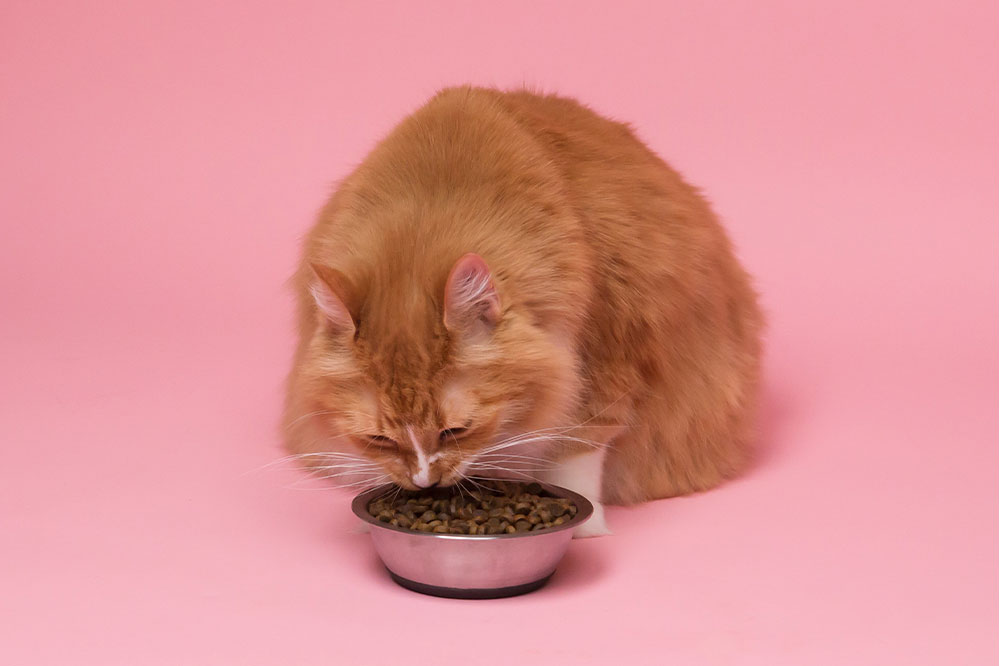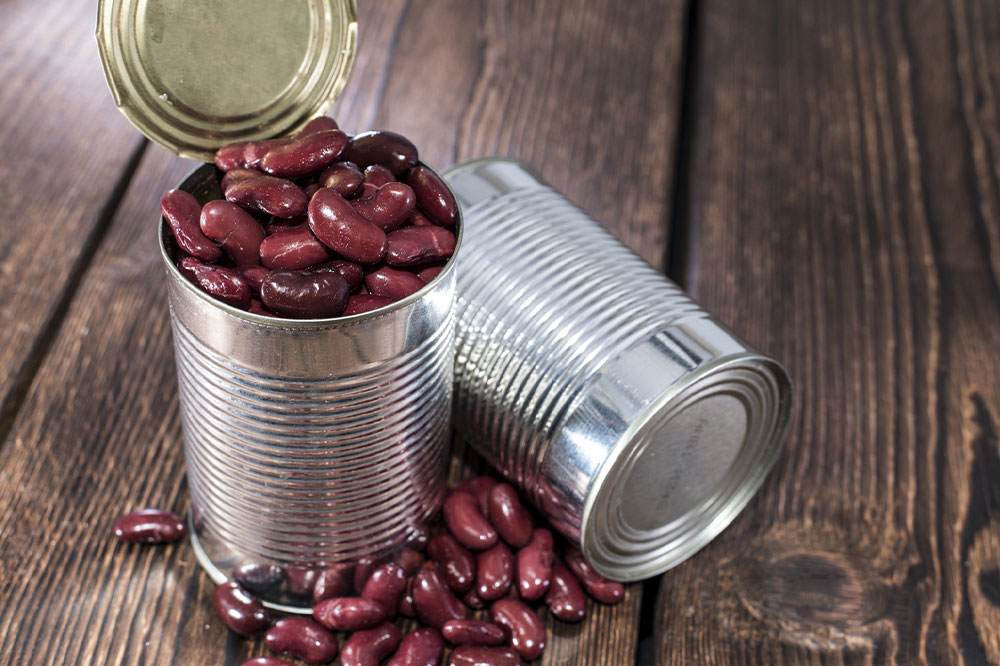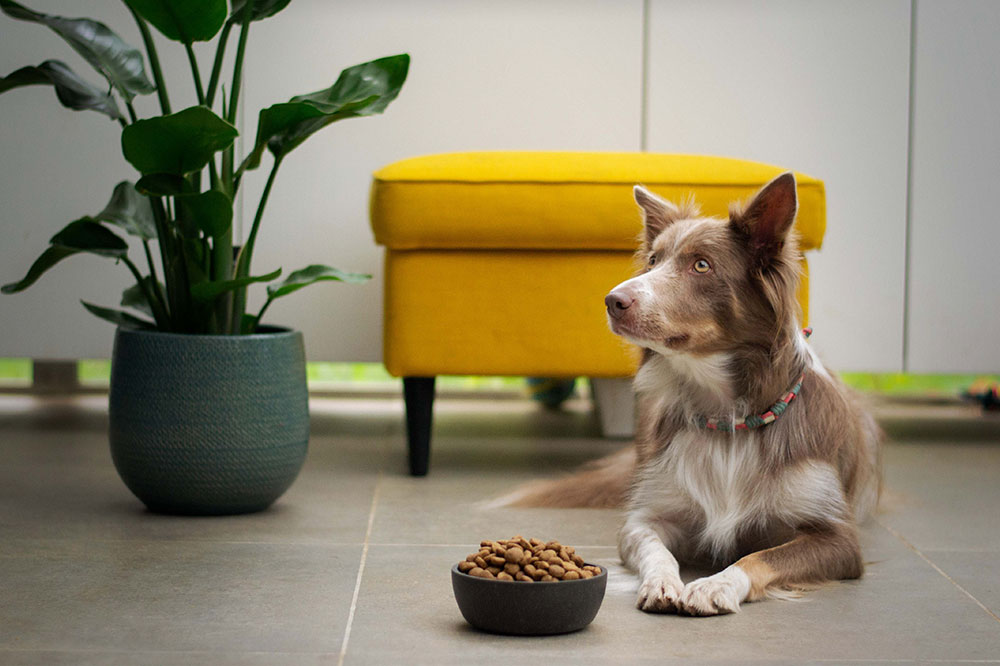5 common packaging mistakes to avoid

Product packaging is usually the first point of brand interaction with its customers. A product may look good and have high functionality, but customers may not like it unless the packaging is appealing. Apart from aesthetics of the packaging, how sturdy and secure it is in protecting the product from damage is also important. Understanding these factors and knowing some common packaging mistakes to avoid is crucial for a product’s success and the brand’s value.
Adding features that are irrelevant to the product
Customers are used to a certain kind of packaging for products they have been using for a long time. For instance, jams have always been packaged in glass jars or bottles. These are convenient and keep the product fresh for a long time. But if a brand starts putting jam in wholly different packaging, the customer will find it inconvenient to figure out how to use or open it. They will be put off by the entire product. So, never use packaging that has features that are not relevant to the product.
Using the wrong kind of packaging material
Many brands often make the mistake of choosing a packaging that is widely popular. However, it is possible that the material used in this packaging is not suitable for the brand’s product. The material may be too flimsy or too thick, which may end up leading to spoilage or damage. To avoid this situation, it is crucial to conduct extensive research about the different packaging materials available. Moreover, a brand must do a lot of testing and trial based on the contents of the product as well as the amount of protection needed to keep it secure. This will help figure out which kind of packaging material will work best.
Not paying attention to the packaging quality
Another common packaging mistake brands commit is using the most affordable option. The idea behind this is to keep the production margins as low as possible. It is assumed that this will increase the profits. However, using low-quality packaging material can turn out to be a highly costly mistake in the long run. The packaging may get damaged during transit, which will damage the product as well. This can result in financial losses as well as customer dissatisfaction.
Overpacking or using too little packaging
Customers will never hesitate to switch to another brand if they receive a damaged product repeatedly. This usually happens when a brand uses too much or too little packaging material. For example, there is a product made of glass. Here, if the brand uses multiple filler packaging materials such as bubble wrap, styrofoam, air bags, and paper, all of these will put a lot of pressure on the product, causing the glass to crack. But if less packaging is used for cushioning the glass, it will definitely break in transit. So, always make sure to use the right amount of packaging that will cause no damage to the product inside.
Putting incorrect labels
Something as small as a typo on a packaging label can put customers off. While typos can sometimes occur, major labeling mistakes such as incorrect allergy warnings or wrong nutritional information can instantly harm the brand image. So, always ensure the labels are proofread before the products go on the shelves. Otherwise, the product might be recalled, or customers’ health may be at risk because of misleading or incorrect labeling.






